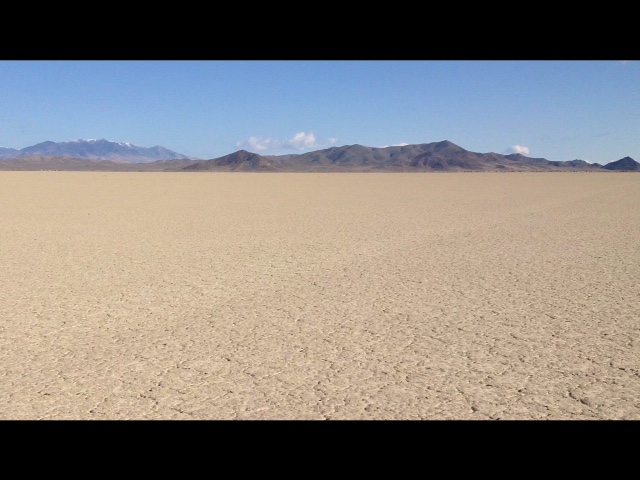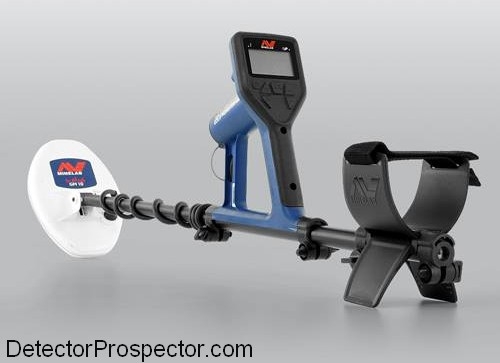-
Posts
1,182 -
Joined
-
Last visited
-
Days Won
34
Content Type
Forums
Detector Prospector Home
Detector Database
Downloads
Everything posted by Lunk
-

How Deep Can I Detect Coins & Relics?
Lunk replied to Sajuu's topic in Metal Detecting For Coins & Relics
Hi Sajuu, You're welcome. GMk is just how I refer to the new Minelab Gold Monster 1000: http://www.minelab.com/customer-care/product-notices?article=305146 It uses VLF technology and will not go nearly as deep as a pulse induction machine in mineralized ground. The GMk will not be available until April according to Minelab. Quote Edit -
Nice lump...congrats!
-

How Deep Can I Detect Coins & Relics?
Lunk replied to Sajuu's topic in Metal Detecting For Coins & Relics
Greetings Sajuu, I know that the GPZ 7000 can detect coins the size of a U.S. quarter dollar or larger at 2 feet with the stock GPZ 14 coil, but I doubt that even the GPZ 19 coil would hit a large object like a bronze pot at 13 feet in mineralized ground...maybe at 7 feet. You may be better off using ground penetrating radar for such large and deeply buried items. I've also seen large, deeply buried iron meteorites recovered by using pulse induction detectors with homemade coils several feet in diameter. -
Hello Sajuu, In highly mineralized ground, try these settings; Gold Mode: High YieldGround Type: DifficultSensitivity: 15Ground Balance Mode: AutoVolume: 15Threshold Level: 35Threshold Pitch: 25Audio Smoothing: HighVolume Limit: 3 You may also have to reduce the sensitivity if the ground is severe. Good luck to you!
-
Howdy Fred, The 161g Franconia is a stony meteorite, and the 166g iron is from the Quartzsite area; both have not been classified.
-
Hey Dave, I haven't actually had the GPZ 7000 at Stewart Lake; I used my GPX 5000 there back in 2012 and didn't have any luck, so I started hunting with my eyes and a magnet cane - that's how I found the fragments.
-
Here are some fragments I spotted on Stewart dry lake near Pahrump, Nevada a few years back. The GPX 5000 will not make a peep on them, even at max gain in fine gold timing with all the filters wide open. They do sound good on the GPZ 7000 though:
-
Rob, the Pro Sonic already has 3 watts of amplification built into it; adding the screamer on top of it would be overkill. But it would be interesting to hear what it sounds like...if the external speaker survives?
-
Sounds like a new innovation never seen in a single-frequency VLF detector before; knowing Minelab, that wouldn't be a big suprise.
-
From the specs it appears to have basic iron reject capability denoted on screen as a chance for gold as Steve pointed out, along with a deeper, all metal mode without any discrimination.
-
Right on Dave, I was hoping that others would chime in with their Zed space rock finds; thanks for sharing. The pulse induction machines are notorious for being unresponsive to certain types of meteorites that a VLF can see, but like you said, the Zed sure nails them!
-
The Minelab GPZ 7000 is an excellent meteorite detector. At the Franconia strewn field, the three small fragments shown below were "bread crumbs" that led me upslope to their larger parent individual; all were buried beneath the surface.
-
When browsing the specs link from page 2 of this thread, I noticed something new that I've not seen in a detector before: 2 automatic sensitivity settings, Auto and Auto+. Any theories on how these work? Perhaps they work in tandem with the auto ground balance and maybe Auto+ is some sort of sensitivity boost?
-
With it's extra sensitive VLF performance, Minelab's new Gold Monster should make a superb meteorite detector: http://www.detectorprospector.com/forum/topic/3013-new-minelab-gold-monster-1000/
-
Looks like the new GMk will be a great lightweight patch hunter.
-
...and more tasty!
-
Same here, Steve. In fact, before I educated myself about meteorites, I thought they were only iron.
-
Here are a couple that my mom found a few years ago: a 166 gram iron near Quartzsite, AZ and a 161 gram Franconia individual stone.
-

760 Pound Meteorite Found In Texas
Lunk replied to Steve Herschbach's topic in Metal Detecting For Meteorites
What a tremendous find! -

Asteroid Belt As Meteorite Source
Lunk replied to Steve Herschbach's topic in Metal Detecting For Meteorites
Very interesting and informative articles, Steve, thanks -

Help Identify This Object Found In Colorado......
Lunk replied to khouse's topic in Metal Detecting For Meteorites
Logically, if your specimen is in fact a meteorite with very little or no nickel, it would only be very weakly attracted to a magnet. The fact that it is strongly attracted to a magnet, gives a null response on your detector and has no discernible fusion crust or regmaglypts (thumbprints) points to a terrestrial origin - magnetite. Also, only freshly fallen meteorites are black, and they have a smooth, uniform surface, never broken up and pitted as the surface of your specimen shows. Example of a freshly fallen stony meteorite: -
Here are a few more of the meteorites I've found within the Franconia strewn field. This is a "puzzle" meteorite; several fragments that fit together. They were all excavated from the same dig hole: This beautiful individual stone was hidden in plain sight among some basalt boulders: This nifty little chondrite was also nestled between basalt boulders: This small individual was found while revisiting an area in the small end of the strewn field, an area that a friend and I first detected for gold nuggets in 1999. We didn't find any gold, but each of us did find a handful of small "hot rocks" that we tossed aside. Had we known then what stony meteorites were, we may have been the first to discover the strewn field:



